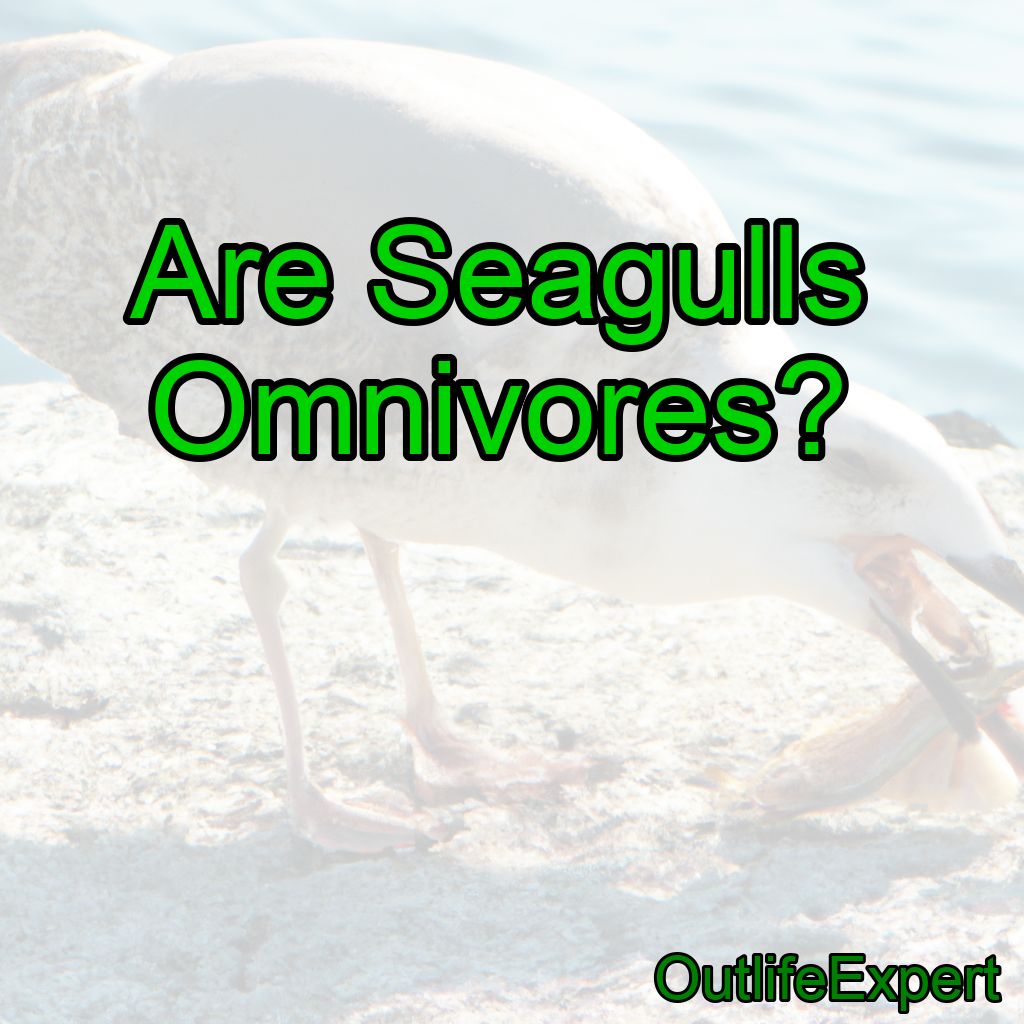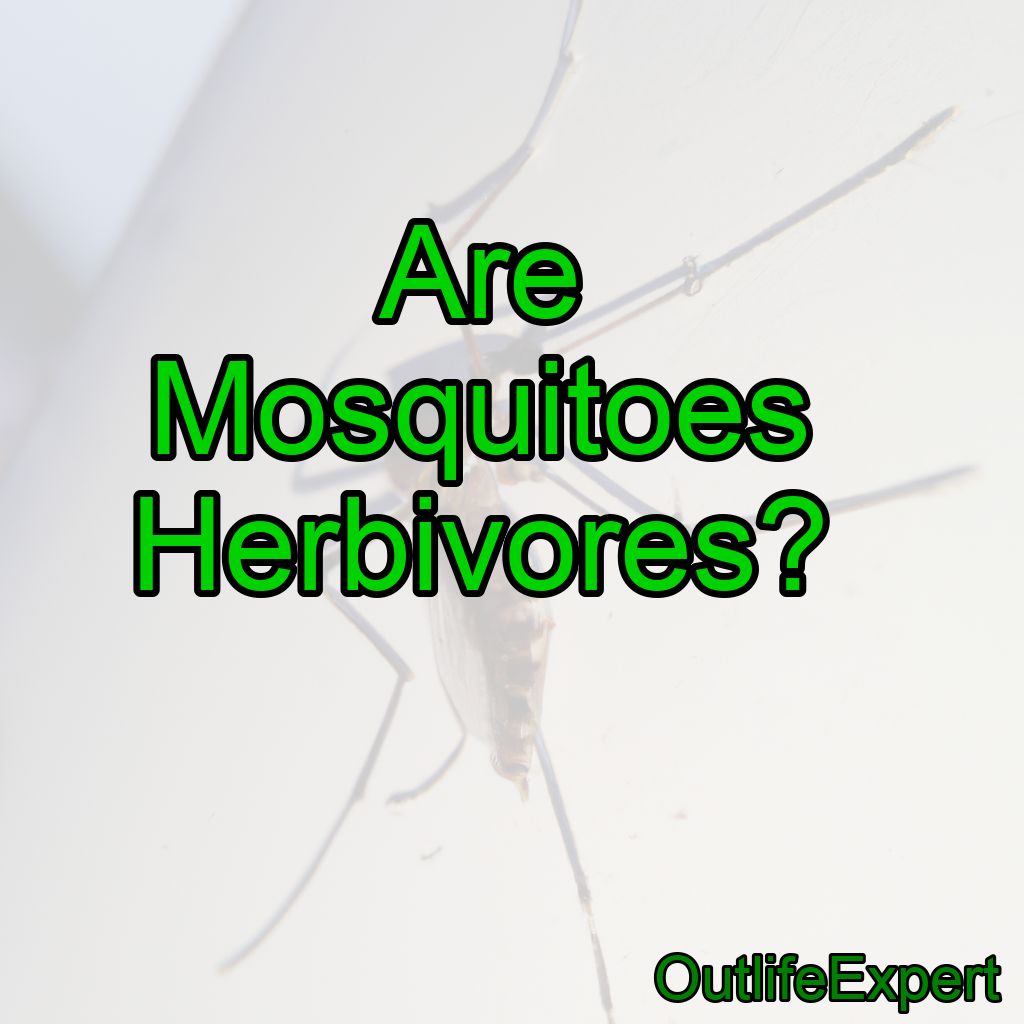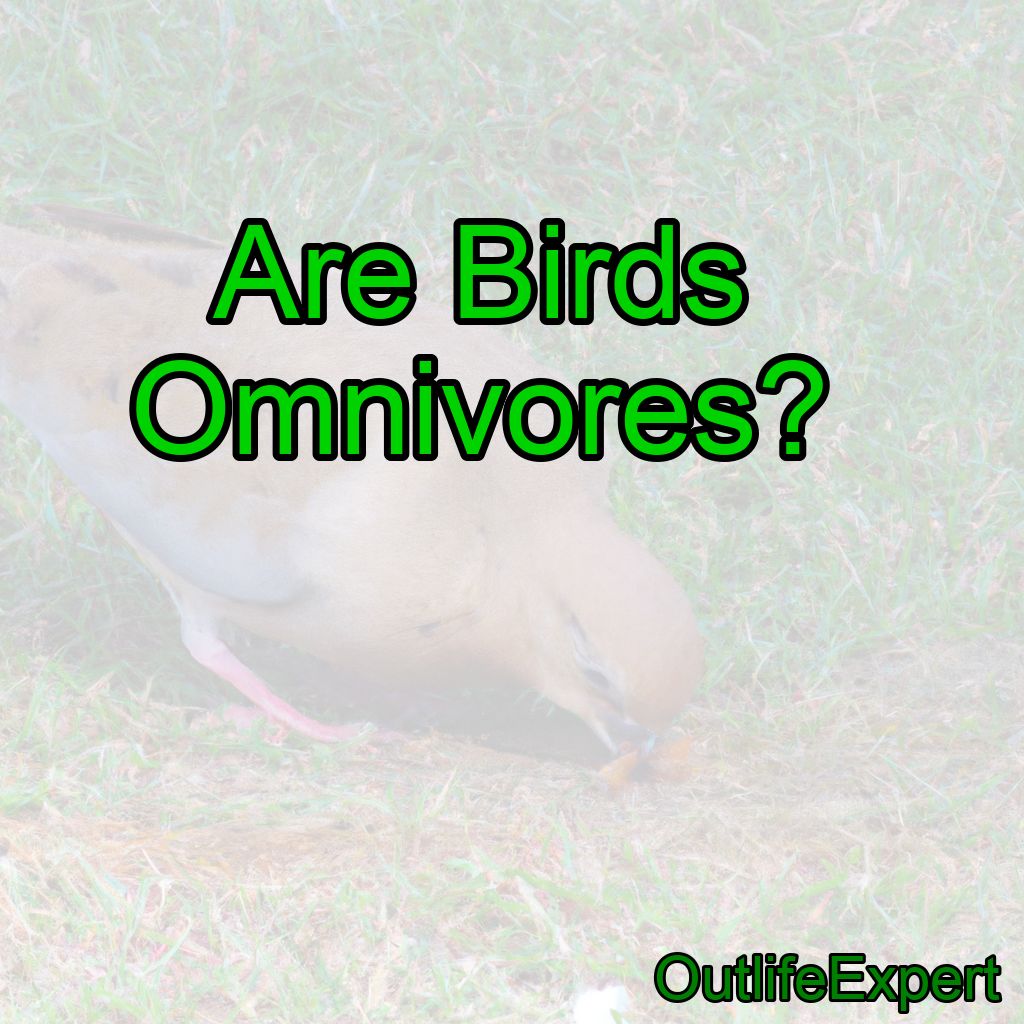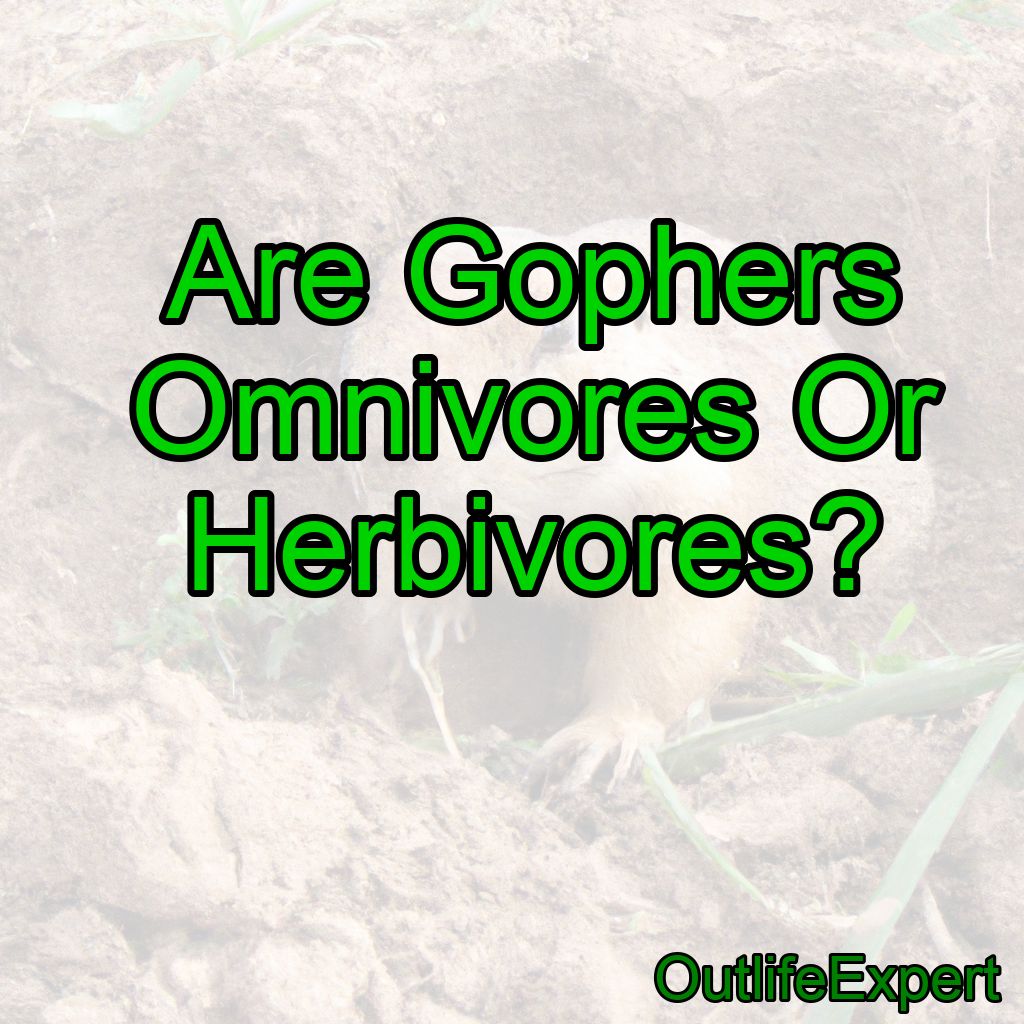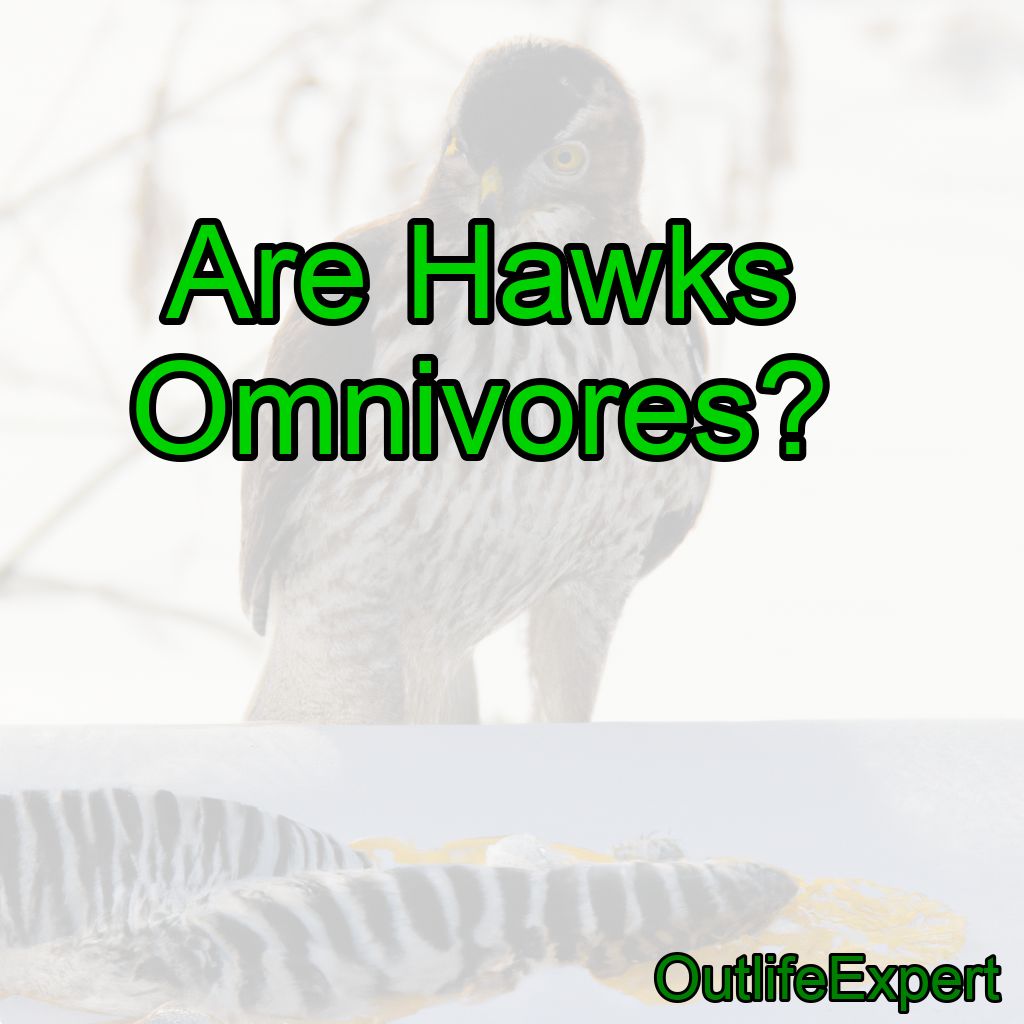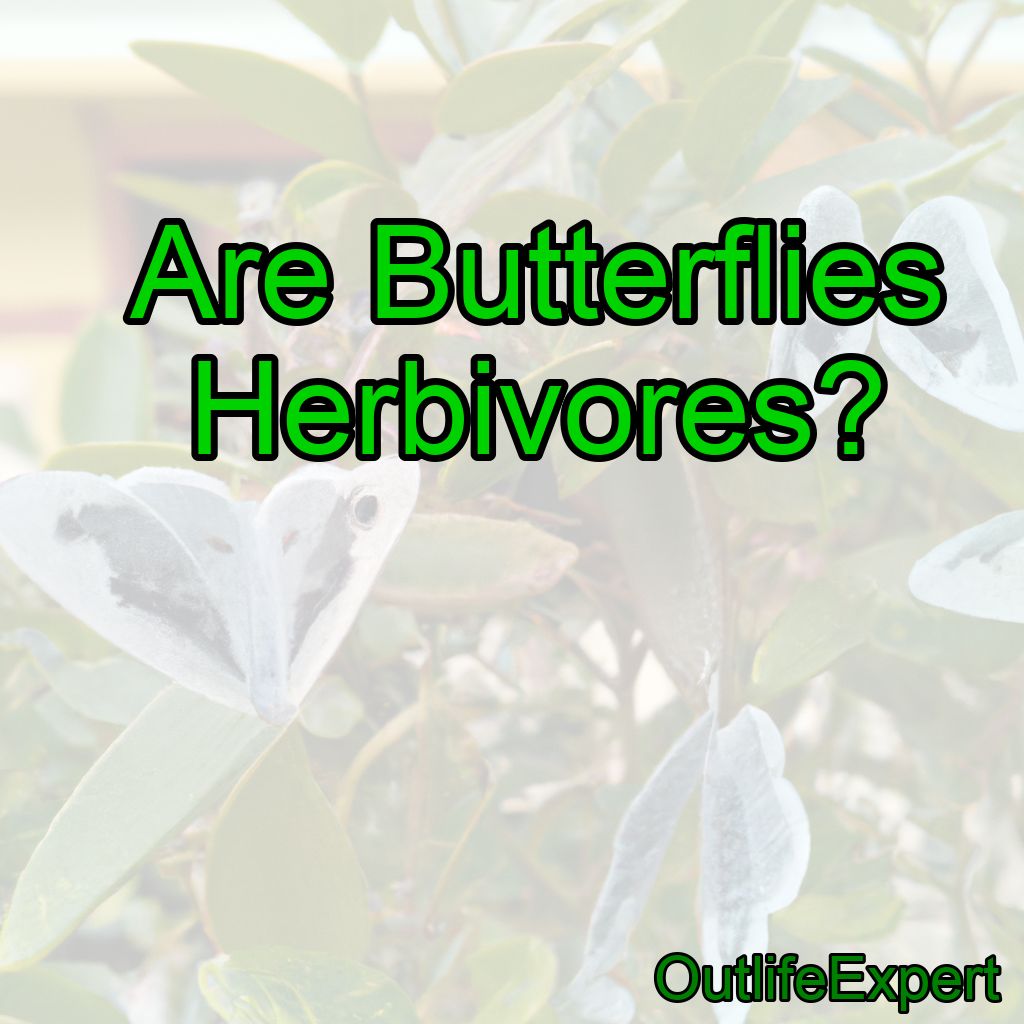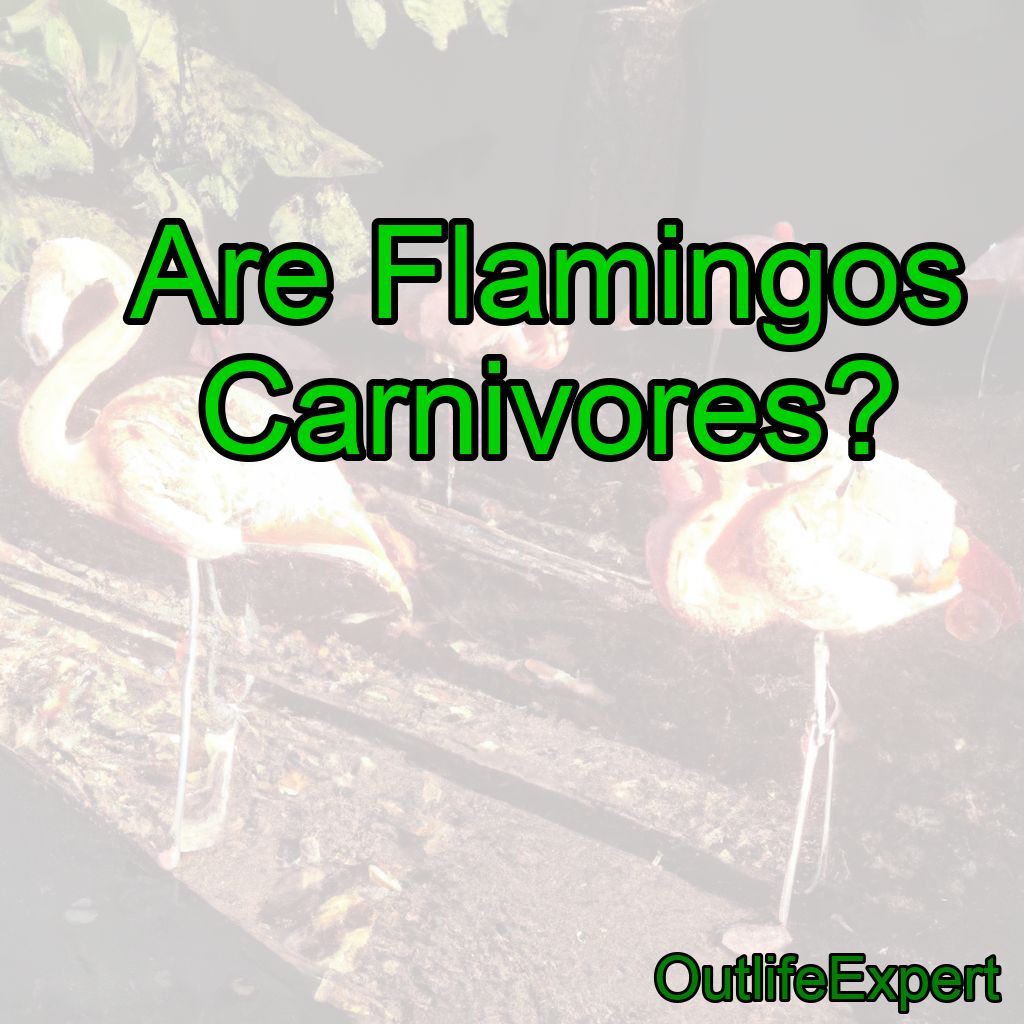Are Seagulls Omnivores?
Yes, seagulls are omnivores. They are opportunistic feeders with a diverse diet that includes both plant and animal matter. In this blog post, we will discuss various aspects of seagulls’ omnivorous behavior, their diet, and how they adapt to their ever-changing environment. Seagulls: A Brief Overview Seagulls, also known as gulls, belong to the family…

